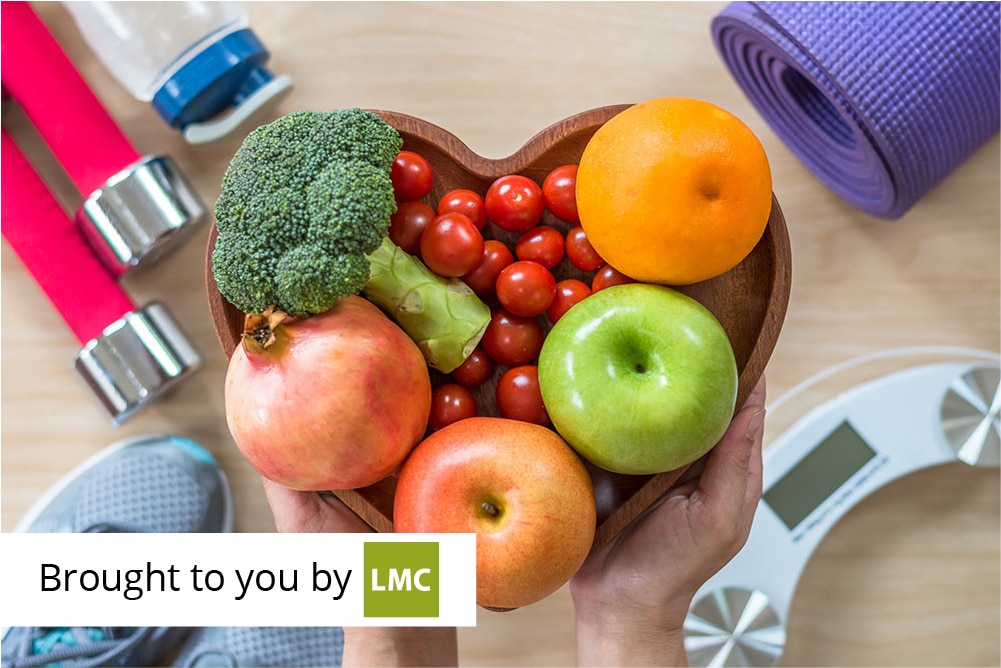We often hear from people living with T1D that they want to stay up to date with new research in the T1D world but aren’t sure how to access this information. In this article, we will review some of these updates. This is especially exciting because other than insulin, we haven’t seen much in terms of novel therapies!
Teplizumab
This is a medication that was approved by the FDA in the USA in 2022. Teplizumab can delay the onset of T1D by approximately 2 years. You might be wondering: how does that work? This medication is a daily infusion that is taken for 12 days in a row for anyone aged 8 years and older who has ‘stage 2 type 1 diabetes’. Ultimately, this medication can preserve someone’s ability to make insulin, which can delay the onset of T1D.
What is Stage 2 type 1 diabetes?
Stage 2 type 1 diabetes is when the blood sugars are still within the normal range but the body’s attack on the beta cells in the pancreas has started. Currently, it is difficult to know if you are at risk for T1D, so typically this screening is only available to those who have close relatives living with type 1.
Next steps include studying this medication in those who are newly diagnosed with T1D since research shows that teplizumab lowered the amount of insulin these individuals needed, had a lower risk of severe hypoglycemia and were more likely to meet their time in range target.
For more information, check out this website: https://www.yalemedicine.org/news/teplizumab-new-diabetes-drug
Note that this medication has not been approved in Canada. If you interested in this type of research, check out https://www.trialnet.org/
BMF-219
This oral medication is currently in research trials. The hope of this medication is that it will improve beta cells (the types of cells that make insulin in the pancreas) to help increase insulin production. Menin, a type of protein in the body, is thought to put a “brake” on beta cell growth and therefore an agent that gets in the way of menin could regenerate beta cells. Currently the trial has had some positive results. A couple individuals with T1D have shown improvements in their estimated beta cells insulin production and one individual was able to reduce their insulin doses. Although it is still very early, it is quite an exciting and hopeful discovery! Click here for more information: https://biomeafusion.com/diabetes/
ZT-01
Low blood sugars are inevitable when you take insulin. Any T1D could agree that a low blood sugar can not only be inconvenient, but it can lead to further anxiety when managing T1D. Zucara Therapeutics is currently developing a medication that would be taken once per day to help prevent hypoglycemia. This medication works by stopping a hormone produced by the pancreas called somatostatin. This hormone prevents glucagon release from the pancreas. Glucagon would normally increase blood sugar to prevent hypoglycemia. Therefore, by interrupting somatostatin, glucagon would be available which would lead to less hypoglycemia. For more information, you can visit: https://www.zucara.ca/product/
Although there have been advancements in technology in T1D regarding devices such as new insulin pumps and continuous glucose monitors, it’s exciting to see different types of therapies in the world of T1D. The T1D community may feel small sometimes, but there are many people out there dedicated to improving the lives of people living with T1D!










